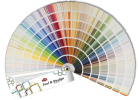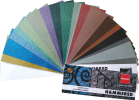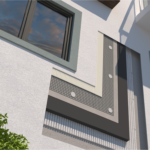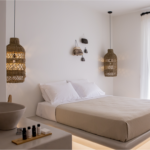Sick Building Syndrome (SBS)
Sick Building Syndrome (SBS) is a medical condition where people in a building suffer symptoms of illness or feel unwell for no obvious reason.
The main observation is an increased incidence of symptoms such as:
- Eyes, nose and throat irritation
- Headache
- Fatigue
- Dizziness
- Nausea
These symptoms seem to collerate with the time we spend inside a building, although no specific disease or cause can be identified. Poor indoor air quality lis the root cause of this phenomenon. Sources of compounds that cause the syndrome might be both internal and external
Internal Sources:
- Materials emitting volatile organic compounds such as cleaning detergents
- Materials emitting chemical compounds such as crpets, wooden furniture, cigarette smoke, curtins etc.
External Sources: Diesel exhaust
Main Indoor Air Pollutants
Volatile Organic Compounds (VOCs) and Formadlehyde.
Volatile Organic Compounds (VOCs)
Volatile organic compounds or VOCs are organic compounds that have high vapour pressure at ordinary room temperature. High pressure of their vapors causes a large number of molecules to evaporate, thus enabling it to enter surrounding air. Certain VOCs are hazardous to human health or harm the natural environment. Hazardous VOCs are usually not higly toxic, but have complex, long-term health complications.
Methanal or Formaldehyde
Methanal or Formaldehyde is an organic chemcal compound with molecular formula CH2O. It is a colorless flammable gas, with a characteristic strong, irritating odor. Formaldehyde is a highly toxic chemical compound, which mainly affects the eyes, nose and throat. In concentrations higher than 0,1ppm in the air, it can irritate the eyes, cause headaches, sore throat and breathing difficulties.
No posts found











